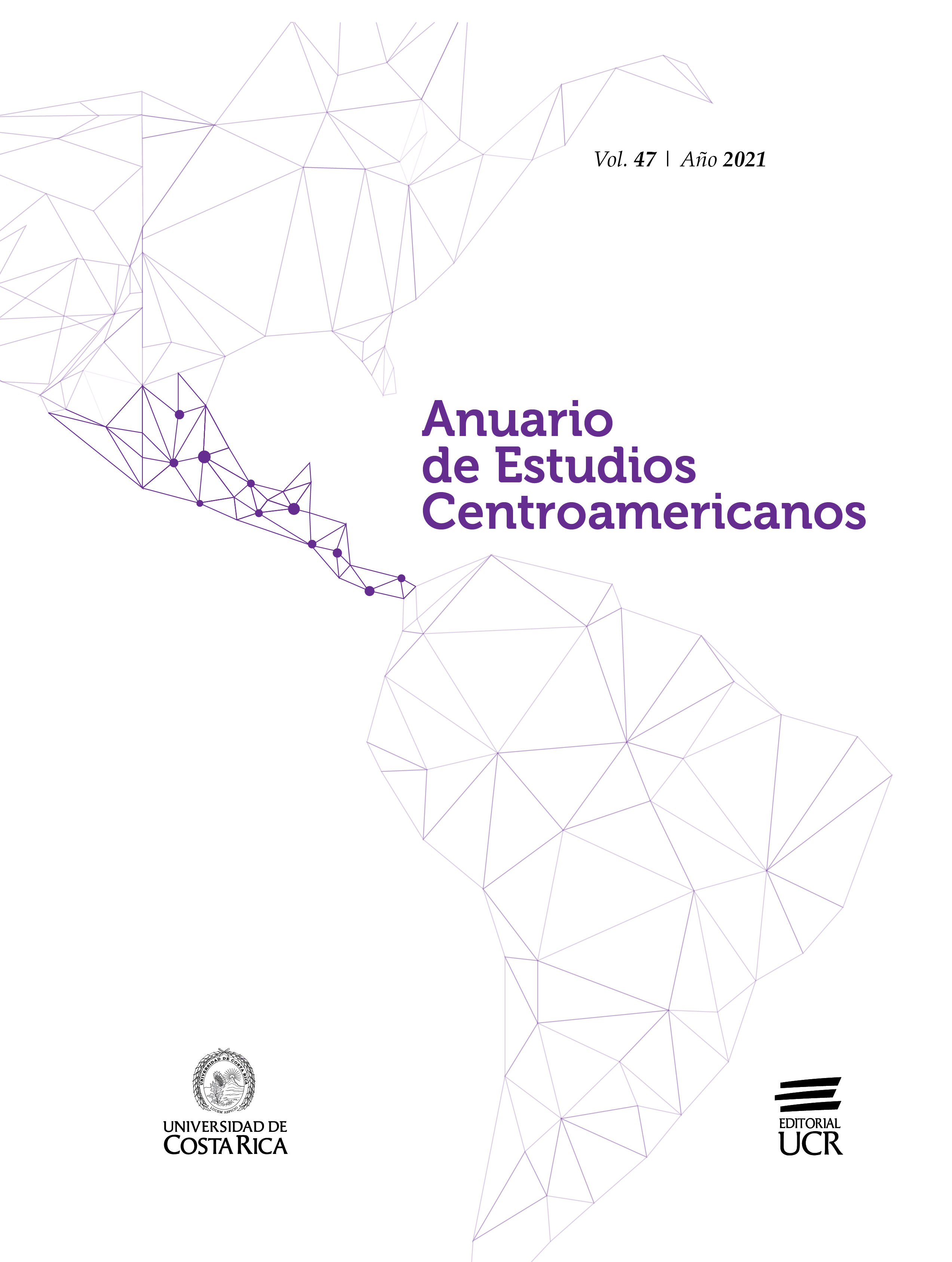Abstract
The objective of this article is to study the trajectory of Central American borders from a historical geography perspective. It seeks to analyze the evolution and historicity of the borders of the isthmus, focusing on how they were perceived and instrumentalized by political elites, states and more recently by cooperation agencies. Based on a broad review of bibliographic and grey literature, as well as the results of several research programs that the authors have been developing around the borders of the isthmus, the need to rethink the Central American borders from their spatial and temporal dimension is proposed. This article proposes to go beyond the discourse that presents the borders of Central American countries as key nodes for the physical integration of the continent and see them, rather, as places where dynamics of continuity (cooperation) and discontinuity (otherness, tensions, conflicts) are simultaneously set in motion. This analysis of borders has a heuristic value for understanding the lines of fragmentation and continuity of the Central American region, and for questioning the reality of the historical and political concept of the Central American region.


